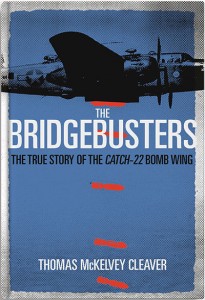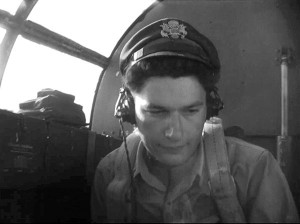 Despite the explosion of excellent works on World War II air operations, events in the Mediterranean Theater continue to get short shrift. If the theater’s strategic air force was the “Forgotten Fifteenth” in the shadow of the “Mighty Eighth,” its tactical counterpart, the Twelfth Air Force, was the eedheaded stepchild. Yet lack of the limelight did not make their struggle any less dangerous and costly.
Despite the explosion of excellent works on World War II air operations, events in the Mediterranean Theater continue to get short shrift. If the theater’s strategic air force was the “Forgotten Fifteenth” in the shadow of the “Mighty Eighth,” its tactical counterpart, the Twelfth Air Force, was the eedheaded stepchild. Yet lack of the limelight did not make their struggle any less dangerous and costly.
Leading that struggle was the 57th Bomb Wing. Its contribution to Allied victory is poorly understood. Ironically, it contained what became the most famous bomb group of the war. Service in the 340th Bomb Group inspired a young bombardier named Joseph Heller to pen the enduring and brutally satirical 1961 best-seller, Catch-22. In 2012, the U.S. Air Force finally bowed to the inevitable and placed Catch-22 on the chief of staff’s professional reading list.
The novel’s notoriety obscured a fascinating true story. The tactical air war in Italy was complex and demanding, and Cleaver’s excellent unit history brings it all to life. He accomplishes this by drawing on a rich trove of unit war diaries, personal papers, letters, and interviews—many collected by the unit’s dedicated veterans’ association. The contemporary war diaries are especially significant. The World War II generation was both literate and literary; one war diarist (not Heller) is described as a “frustrated novelist,” and he and his comrades left behind a richly worded picture of their war.

Cleaver weaves this gold mine of material into an impressive portrait of a bomb wing. He depicts ferry flights across the South Atlantic, deployments to forward air bases in Italy and Corsica, and first encounters with the murderous German flak defenses. The bulk of the action takes place from mid-1944, as the struggle against a tenacious German defense in northern Italy grinds on. Medium bombers and fighter bombers sought to choke off German communications through attacks on rail lines, bridges, and marshalling yards. Excellent and engaging chapters examining the ground crews and airmen who evaded German captivity round out the tale. One downed crewman asked an Italian partisan if he spoke English, only to hear, “Sure, I spent 15 years in New Jersey.”
The book’s dust jacket and publicity materials are somewhat misleading. Readers who are searching for a detailed examination of Heller’s experiences and how they influenced his novel should seek out Patricia Chapman Meder’s The True Story of Catch-22: The Real Men and Missions of Joseph Heller’s 340th Bomb Group in World War II or Michael C. Scoggins’s article “Joseph Heller’s Combat Experiences in Catch-22,” published in War, Literature and the Arts. However, in Cleaver’s The Bridgebusters, Heller plays a relatively small role.
And this is as it should be. The 57th Bomb Wing was much more than the launch pad for a novel, however iconic.
Richard R. Muller is a professor of military history at the USAF’s School of Advanced Air & Space Studies.
This review was originally published in the September/October 2016 issue of World War II magazine. Subscribe here.





